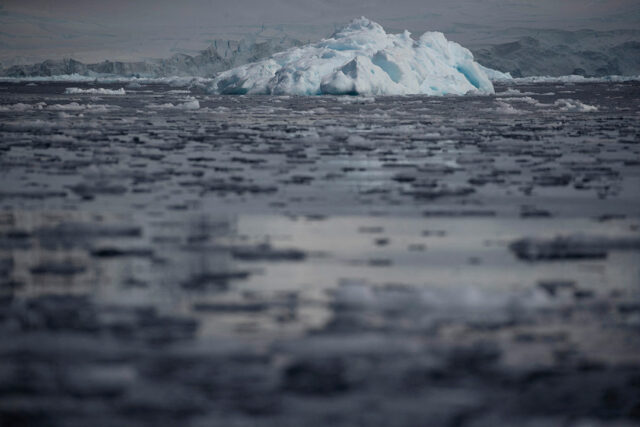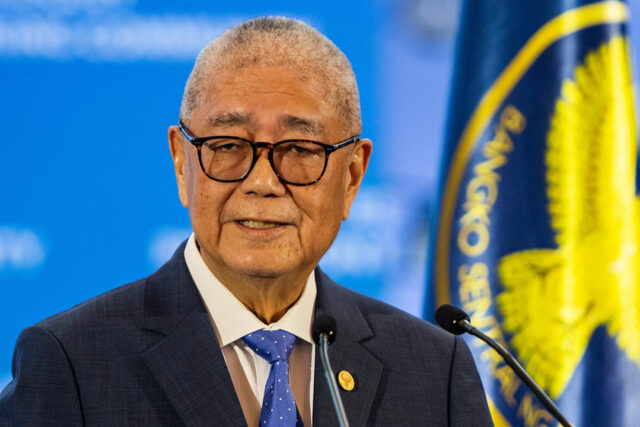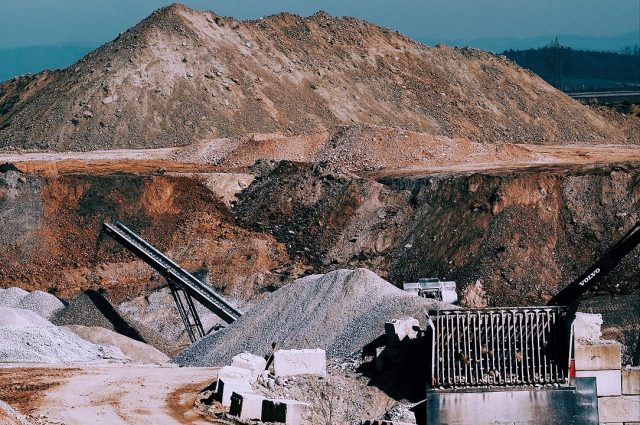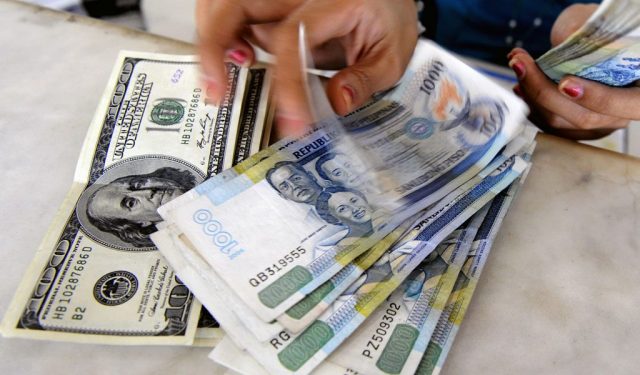Philippine central bank Governor Eli M. Remolona said he’s open to an unscheduled interest-rate hike before the November meeting, doubling down on his hawkish stance as he also ruled out easing in the first half of 2024.
“I am open to an off-cycle increase,” he said in an interview with Bloomberg News in Manila on Monday, acknowledging that his rhetoric has become “more hawkish” since taking office in July.
Mr. Remolona also said that it would be “too soon” to pivot to cutting the policy rate in the first six months of 2024, and that he is “willing to stake” his credibility that an easing won’t happen during that period.
“For a rate cut, you need the economy to slow down significantly and inflation to maybe go below the target range,” said Mr. Remolona, 70, who has kept the benchmark interest rate steady at a 16-year high of 6.25% in the past two meetings he led. “That’s why I don’t think there will be a rate cut that soon.”
If upside risks from energy and transport prices materialize, Bangko Sentral ng Pilipinas will likely increase borrowing costs by 25 basis points at the Nov. 16 meeting or earlier, the governor said. An off-cycle decision would allow Mr. Remolona to align his policy action with the Federal Reserve should it hike at the Nov. 2 review.
While Asian currencies have weakened against the dollar this quarter on expectations of higher-for-longer rates in the US, the peso is hit harder than the others. That raises the risk of imported inflation in a country which buys almost all its oil needs and about a tenth of its rice requirement from overseas.
On the peso, Mr. Remolona said policymakers are focused on reducing uncertainty and providing clear forward guidance, unlike in 2022 when keeping a 100-basis-point advantage over the Fed rate was seen key to preventing the currency from slumping below the 59 per dollar record low reached last year.
The peso slid 0.2% to 56.92 against the dollar as of 11:41 am local time on Tuesday. Among Southeast Asia’s worst-performing currencies this quarter, it recently fell to a 10-month low. The dollar-peso resistance level was last advised at 57, he said.
Mr. Remolona likewise signaled that he will do what it takes to return inflation to the central bank’s 2%-4% target by 2024 even at some cost to economic growth.
Price gains have hovered above target despite the BSP’s most aggressive monetary tightening cycle in two decades. The latest inflation forecast of 3.5% for next year shows the print can test the top-end of the band anew, with the risk of a $100 per barrel oil becoming an increasing worry for Mr. Remolona.
“The others don’t import rice and oil as much as we do,” he said, explaining why the BSP’s campaign may extend beyond the 425 basis points of hikes when other central banks in the region have already ended or even shifted to easing. “We are saying to the market that your expectations can remain anchored because we will fight inflation, and we will deliver on that.”
He said the central bank still has “room to hike” based on a neutral rate of about 4%. This is the level of real interest rate that supports the economy and computed as policy rate minus expected inflation of 3%, he said.
“If inflation is very high, we’re willing to slow down the economy a little bit to get the inflation rate down,” said the governor who’s a seasoned economist, having worked with the Bank for International Settlements and the Federal Reserve Bank of New York.
While easing price gains since February gave the BSP room to pause, an uptick in August data put tightening back on the table last week, said Mr. Remolona. Still, the board decided to hold rates steady.
“It was a judgment call,” he said, and policymakers didn’t want to risk slowing down the economy unnecessarily if upside risks don’t materialize.
The Philippines’ gross domestic product growth was slower-than-expected last quarter due to weaker consumption and government spending. While the BSP’s outlook isn’t that sanguine, it’s not worried that the economy will contract, he said.
The central bank expects GDP growth to slow to 4.9% this year, ease further to 4.5% in 2024 before accelerating to 5.2% in 2025, according to Mr. Remolona. The estimates are way below the government’s target but still far from a recession, which for the central bank governor is a risk that will prompt aggressive, off-schedule BSP rate cuts.
The BSP isn’t inclined to further cut banks’ reserve requirement ratio yet while it’s on tightening mode, said Mr. Remolona, although his “personal” target is to bring the rate down to 5% from the current 9.5% to remove the “distortion on financial intermediation.”
Other key points from the interview:
Over the medium-term, Mr. Remolona wants to deepen the capital markets, make it more efficient and strengthen the transmission mechanism while also enhancing the BSP’s research capacity
Mr. Remolona said corporate debt is rising but the level is not worrisome.
On maintaining the BSP’s independence, he said: “If it’s not independent, then I’m in the wrong job.” — Bloomberg












